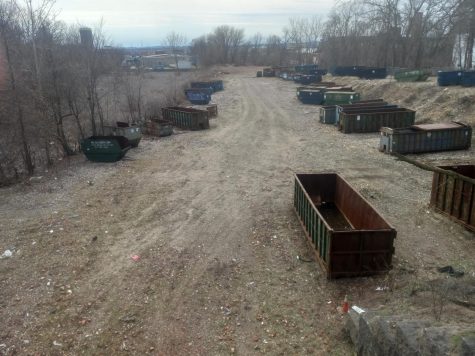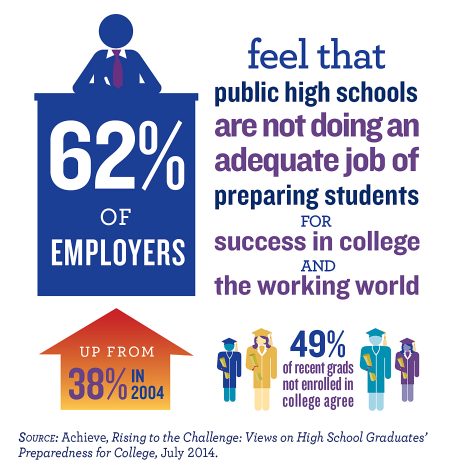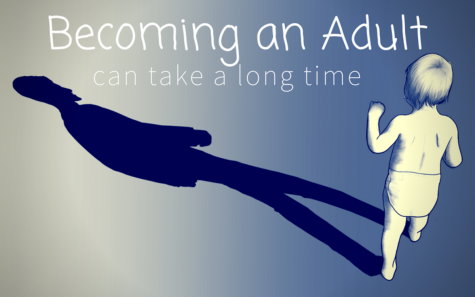The Not-So-Obvious Solution to Reduce Bullying

Every day there are teenagers who fear going to school or just simply don’t like going. These reasons could include waking up too early, the amount of homework, or even the long and boring classes. However, there is a greater issue at hand within schools. Many teenagers go to school just to come home traumatized from harassment by their own peers.
There shouldn’t be a need for a convincing essay regarding why this is an important issue, but while lots of attention is focused on the victim, more attention needs to be focused on the aggressor if bullying is going to be reduced.
There are various possibilities for why an attacker did what they did. The students who start the violence may be dealing with difficulty in their own lives, including violence directed at them. Growing up, teenagers are impacted by lifestyle and who they live with/are around. It is possible that they are surrounded by bad influences that encourage unacceptable behaviors.
Therefore if student aggressors can’t get what they need from family at home, more needs to be done outside of home life to teach students the importance of valuing respect for their peers. “Therapeutic approaches for youth and strengthening school-based violence prevention programs.” can go a long way toward changing the behavior of aggressors, according to the group Youth Violence Prevention. Therapeutic approaches could include counseling, getting help from professional therapists, etc. Students not being able to get the required help can lead to health issues for both aggressors and victims. physically to anyone involved. Youth violence can have “a serious, often lifelong impact on a person’s psychological and social functioning,” the group concludes.
Youth violence, says Al Larreau, a doctor at Mercy Medical Center in Springfield, “is a very large problem because it’s possible that teenagers can become worse as they grow up, they pass it off to generations.” The analysis shows that kids who are born from violent parents are more likely to show a form of aggression. These kids are the ones more likely to cause violence at school.
It is obvious there still needs to be discipline towards the victimizer because there are always consequences for your actions, but there also needs to be acknowledgment to help them change. The involvement of parents and guardians is necessary as well so that they’re aware of their child’s behavior. It’s crucial for aggressors to remember that physical fighting is never the smartest solution for resolving conflicts. Even though some teenagers have a difficult life at home this should not be an excuse to allow them to ever treat their peers this way.
Nancy “Nan” Lingenfelter works at an alternative high school, Chicopee Academy as a US History Teacher, for BED (behavioral emotional disturbed) students. “Students at my school do not have a lot of things, their reputation is almost everything to them,” she says. “They also live in households where many of them can be very casual and vulgar and hurtful.”
Students who are involved in violence may feel a satisfying superiority at school, because they are belittled at home, often by parents who have substance abuse and other personal problems. Lingenfelter continues, “Students feel cheated out of life. Fights break out because children are in pain. They don’t know who to trust… these teenagers have adult problems on their shoulders.”
There should be national efforts and even around the world to stop bullying in schools. These should still inspire courage for victims because no one should be afraid of attending school every day. However, unless the victimizer’s perspective is understood, the overall issue cannot be reduced. Just focusing on consequences levied against the victimizer won’t do much to solve the problem of violence in schools, especially not all of it is their fault in the bigger picture. Help them change.











